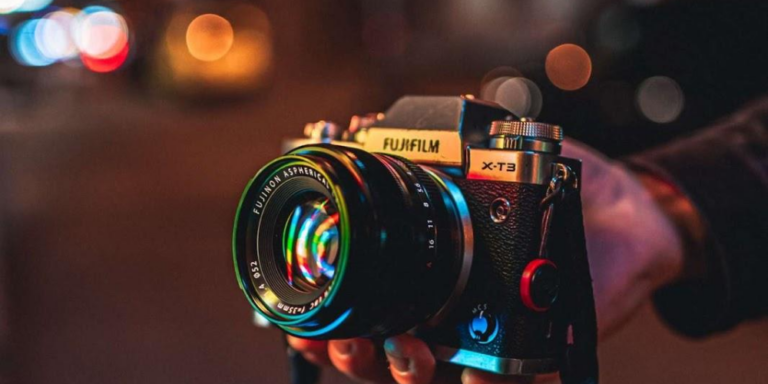Real estate photography has undergone a significant transformation over the years, evolving in tandem with technological advancements and shifting consumer preferences. In this overview, we dive into the changing scene of real estate photography and what it has meant for how we view and sell land.
Table of Contents
Film to Computerized: The Beginning of Another Period
Then, at that point:
In the good ‘old days, land photographic artists worked with film cameras and took a set number of shots because of the impediments of film. Fostering the film was a tedious cycle that postponed the general promoting course of events.
Presently:
The advent of digital photography transformed the industry. Digital cameras provide instant feedback and enable photographers to review and retake pictures on the spot. This accelerated the pace of real estate marketing and facilitated a quicker turnover of properties.
Widescreen and virtual visits: Vivid encounters
Then:
Photographers relied on traditional lenses and often attempted to capture the entire width of the room. This limitation meant that prospective buyers could get glimpses of the property.
Presently:
The advent of wide-angle lenses and virtual tour technologies has profoundly impacted the way we navigate through properties online. Buyers can virtually walk through each space to gain a panoramic view and better understand the flow and layout of the property.
Drone Photography: Flying Points of view
Then, at that point:
Flying shots were an extravagance saved for high-financial plan land bargains. Helicopters or little airplanes were expected to block resources from a higher place.
Presently:
Drones have democratized elevated photography. This innovation gives staggering perspectives from a higher place, showing the property, yet additionally its environmental factors, conveniences, and closeness to key areas.
HDR Imaging: Improving visual allure
Then:
Adjusting openness in the insides and outsides was a test. Dull shadows or overexposed windows were a typical issue.
Presently:
These challenges are addressed by high dynamic range (HDR) imaging techniques. Multiple exposures are blended into a single image with balanced lighting that reveals details inside and outside the property.
Arranging and Styling: From Discretionary to Essential
Then, at that point:
Properties were often presented as-is with minimal consideration for staging and style. This approach could make it challenging for buyers to envision the potential of the space.
Presently:
Staging and styling have become a crucial part of real estate photography. Professional set designers collaborate with photographers to showcase properties in their best light and help buyers emotionally connect with the spaces.
Virtual entertainment and online stages: Moment openness
Then:
Print media and actual postings overwhelmed the promoting scene. The compass was restricted and refreshes were rare.
Presently:
Online entertainment platforms and real estate websites have become popular avenues for real estate marketing. Listings can instantly reach a global audience and attract potential buyers from various corners of the world.
Altering programming: Cleaning Flawlessness
Then, at that point:
Altering was a careful cycle done in a darkroom with restricted devices accessible to improve the pictures.
Presently:
High-level altering programming, for example, Photographers can use Adobe Lightroom and Photoshop to edit and enhance images digitally. This ensures that each photograph is a refined representation of the property.
Versatile photography: Power in a pocket size
Then:
Proficient land photography was essentially connected with cumbersome cameras and particular gear.
Presently:
The ubiquity of high-quality smartphone cameras has made it possible for amateurs and even homeowners to capture decent pictures of real estate. While professional photographers still provide a unique skill set, mobile photography has become a complementary tool for quick shots.
Expanded reality (AR) and virtual organizing: future patterns
Presently and then some
As technology continues to advance, augmented reality and virtual staging are emerging trends. Buyers can visualize properties with virtual furnishings or preview potential upgrades through AR applications, enhancing the decision-making process.
All in all, the excursion of gold coast real estate photography from its simple transition to the digital age not only reflects technological advancement but also signifies a fundamental shift in how properties are marketed and perceived. What lies ahead promises many more exciting developments that will ensure real estate photography remains a dynamic and integral part of the real estate trading experience.
The evolution of this visual art has not only captured properties but also the imagination of potential buyers, shaping the way we envision our future homes.

